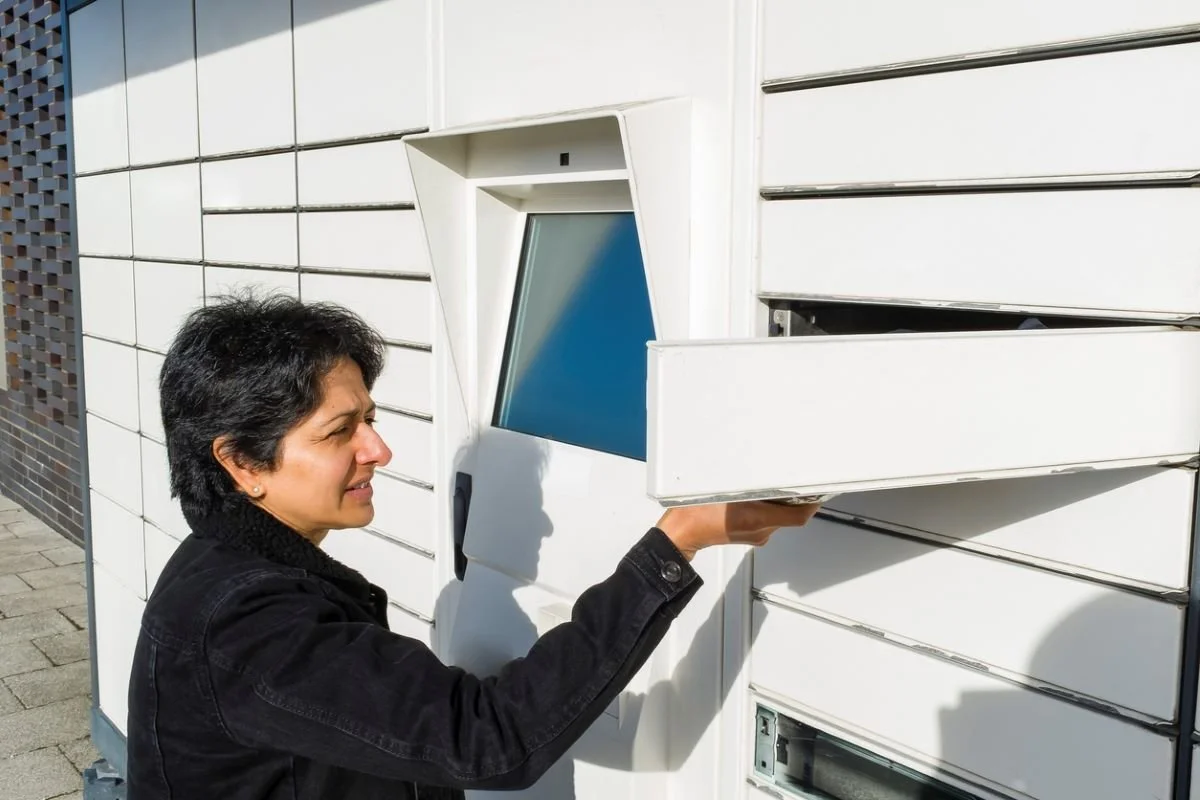Delivery Services - Drop Off Vs Collections
In the ever-evolving world of logistics and parcel delivery, understanding the nuances of different service types is crucial for individuals and businesses.
This comprehensive article explores two primary methods of delivery services - Drop-Off and Collections - offered by major carriers such as DHL, UPS, FedEx, TNT, and Evri.
We delve into how each works, their benefits and drawbacks, and provide key takeaways to help you choose the right service for your needs.
What are Drop-Off Services? How Do They Work?
Drop-off services are a convenient option offered by leading courier companies, including DHL, UPS, FedEx, TNT, and Evri. This service requires the sender to drop off their parcel at a designated location, such as a local depot, post office, or a specific drop-off point.
How Drop-Off Services Operate:
Parcel Preparation: The sender packages and labels the parcel, often using online tools for label creation and payment.
Drop-Off: The parcel is taken to a nearby drop-off location.
Logistics and Delivery: Once dropped off, the courier company manages the logistics and ensures the parcel reaches its destination.
Utilisation in Various Services:
Fast and Express Delivery Services: Often available for urgent shipments.
International and Nationwide Delivery: Drop-off services cater to local and global shipping needs.
E-commerce Fulfillment: Ideal for businesses managing online order deliveries.
What Are Collections? How Do They Work?
Collection services, also offered by DHL, UPS, FedEx, TNT, and Evri, involve the courier collecting the parcel directly from the sender's address. It's a preferred method for those who need help to visit a drop-off location or manage large shipments.
How Collection Services Operate:
Online Booking: The sender schedules a collection online, providing details about the parcel and preferred pick-up time.
Parcel Pick-Up: The courier arrives at the designated location to collect the parcel.
Delivery Process: The courier company handles the rest, from transportation to delivery.
Applications of Collection Services:
Home and Business Delivery Services: Suitable for residential and commercial senders.
Customised and Scheduled Services: Tailored pick-up times and special handling.
Freight and Large Parcel Delivery: Ideal for bulk or oversized shipments.
Benefits and Disadvantages of Drop-Off and Collection Services
Comparison Table: Drop-Off vs Collection Services
| Service Type | Benefits | Disadvantages |
|---|---|---|
| Drop-Off | Convenient for senders near drop-off points. Often faster processing. Cost-effective |
Requires travel to a drop-off location. May not be suitable for large or bulky items |
| Collection | Convenient for large shipments. No need to travel. Ideal for busy individuals and businesses |
Potentially higher costs. Requires coordination for pick-up times |
Key Takeaways
When choosing between drop-off and collection services, consider factors like convenience, cost, parcel size, and urgency. While drop-off services offer a more economical and often faster option, collection services provide unmatched convenience, especially for bulkier shipments.
Both services, offered by established courier companies like DHL, UPS, FedEx, TNT, and Evri, cater to a range of needs, from local to international deliveries and from small parcels to large freight items. Leveraging online tools for parcel tracking, logistics management, and delivery scheduling enhances the efficiency of these services.
In summary, whether opting for drop-off or collection services, understanding the specifics of each and aligning them with your logistical requirements is key to ensuring a smooth and satisfactory delivery experience.



